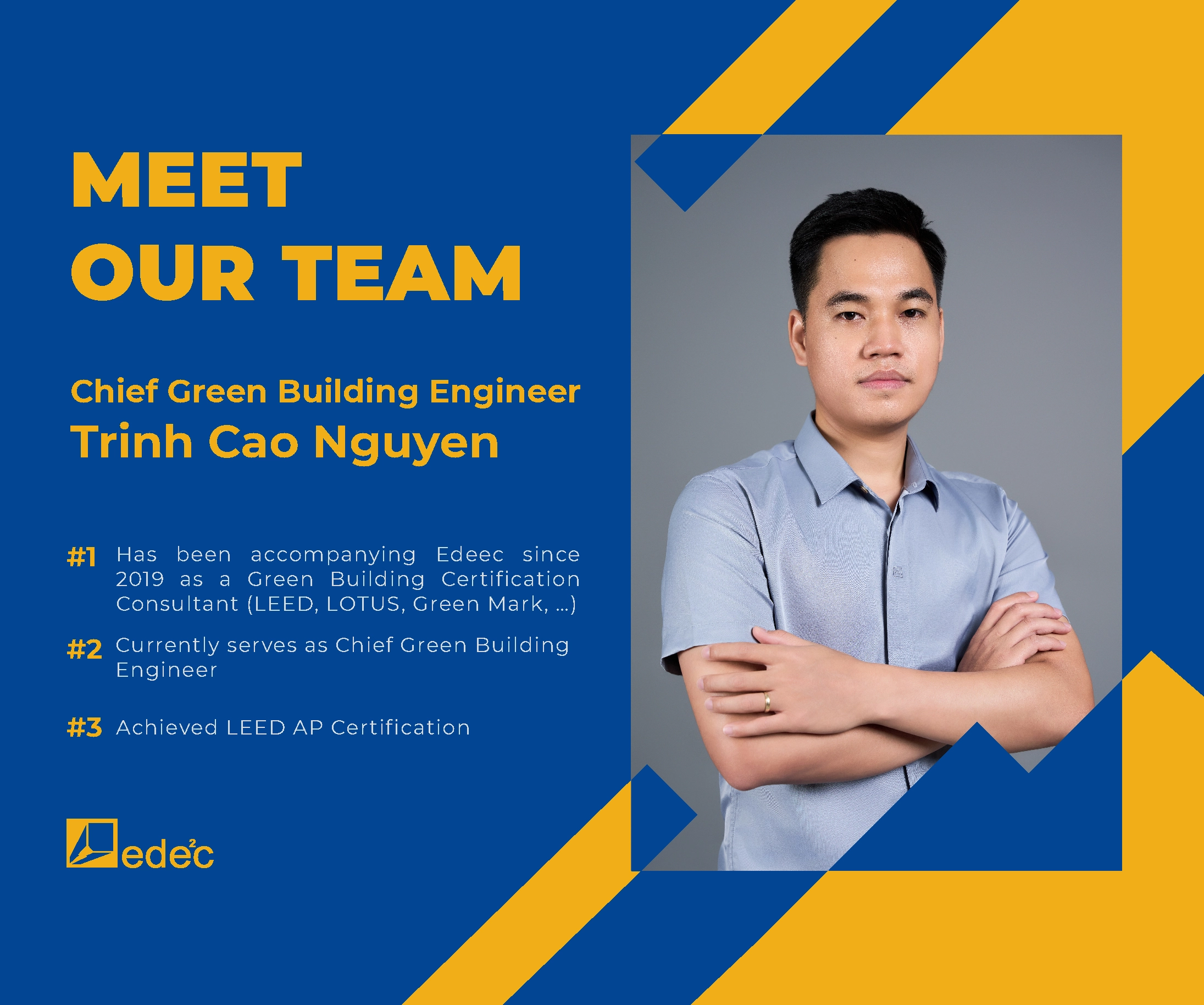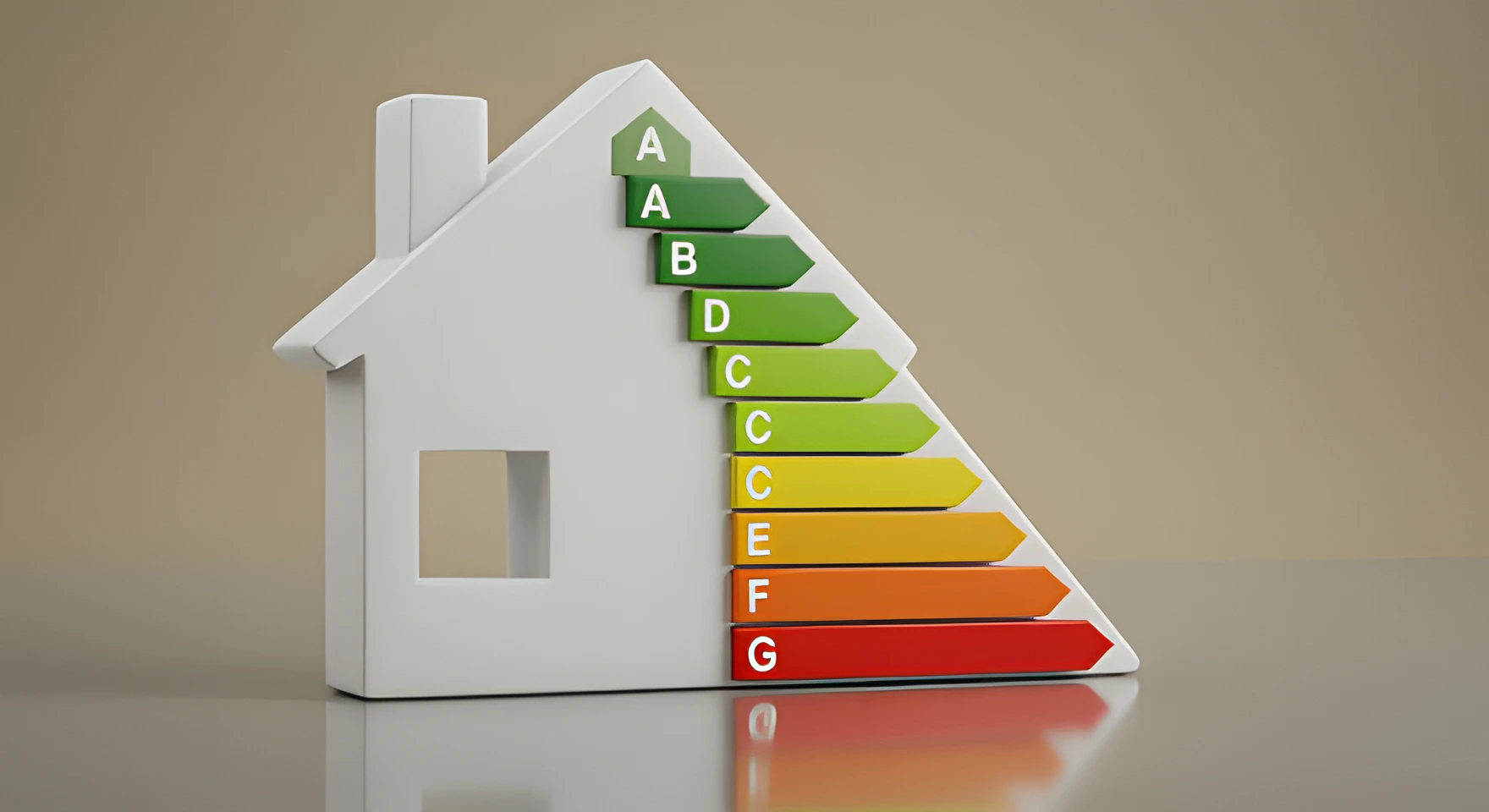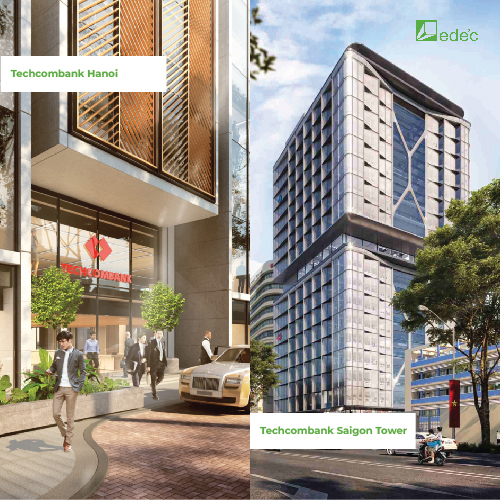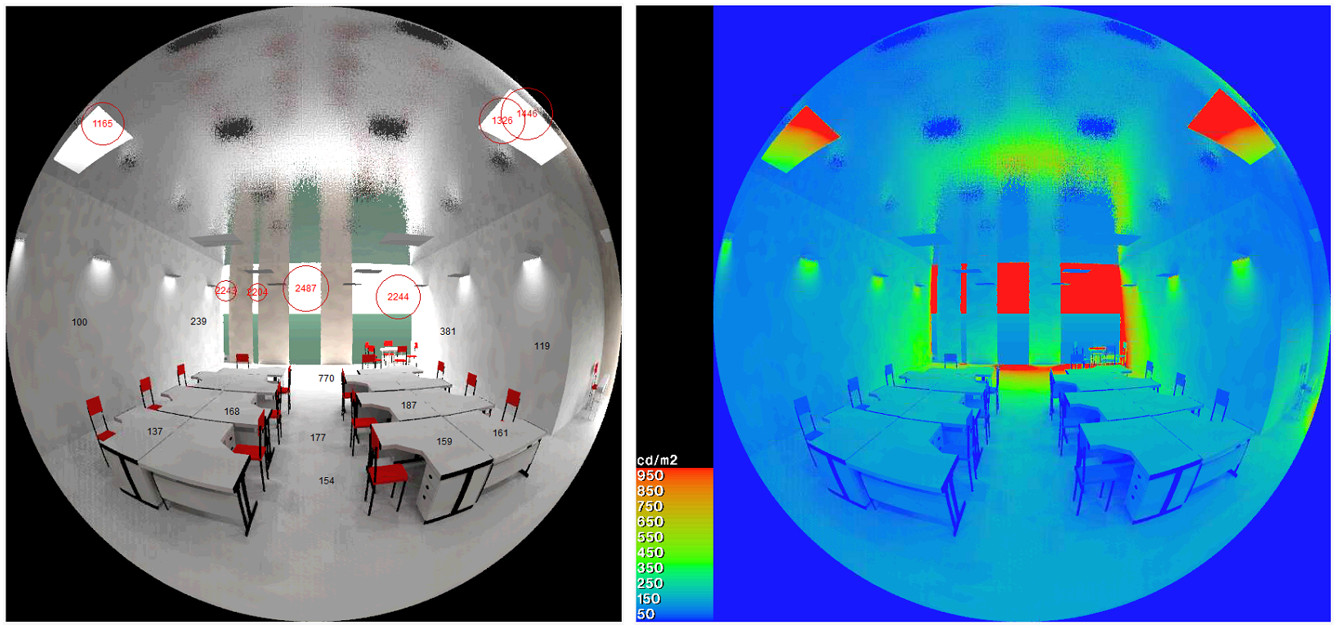RESOURCES
(Part 3) Designing Energy Efficient Buildings Without Increasing Costs
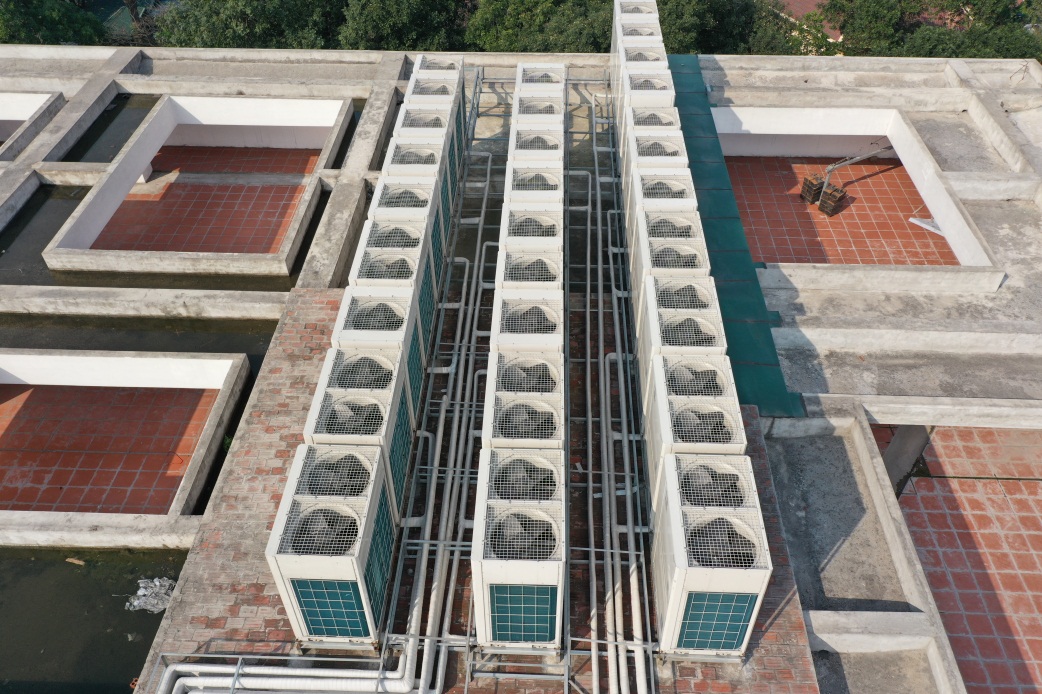
The HVAC (heating – ventilation – air conditioning) system is an extremely complex system and accounts for 50% – 70% of the total energy use of a building. Therefore, optimizing energy for the HVAC system saves the investor a lot of money in investment and operating costs.
So how to design a “no additional cost” energy-efficient building with an HVAC system? Please stay tuned for Part 3!
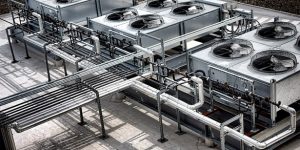
The reality of HVAC system design in Vietnam
The design work of the HVAC system in Vietnam now only accounts for a quick calculation of the required capacity of the system before deploying the drawings. The process of further research on the following contents does not exist when practicing design in Vietnam yet:
- Comparative calculation of price and operating efficiency to choose air conditioning solutions right from the concept design (implementation method is recorded in ASHRAE 209 standard from concept design to construction and operation engineering design);
- Evaluation by data on thermal comfort, noise level (acoustic comfort);
- Actual operating load data for the whole year to choose the chiller, design the district cooling…, and decide the operation method;
- Calculation of equipment alternations of different brands for the same system (same equipment capacity), because high-quality equipment is expensive, but is it deserving of its cost? How long the payback period needs specific information to make decisions;
- An economic evaluation of the heat recovery device (for Vietnam’s northern climate, the energy compensated for the high-pressure fan during the cooler months is more than the energy saved for the chiller with the heat recovered from the exhaust stream).
Further, the process of calculating heat, comfort, and building energy in Vietnam has very little feedback on the architecture to make necessary adjustments, with the primary focus on installing air conditioners to ensure cooling. There is no overload or underload check like when applying simulator operation that simulates the real condition.

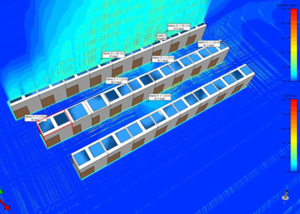
Cooling efficiency calculation for arranging VRF/VRV outdoor units
Insufficient in-depth research on the HVAC system, or simply a quick calculation of the system, will cause excess capacity, thermal inconvenience, and wasted energy, causing the space to be too hot or too cold. Users will feel uncomfortable as a result. One wants to lower the temperature, the other wants to increase it, but they still have to pay an unworthy large energy cost.
Hence, the design of a building HVAC system, including trying to reduce the air-conditioning capacity, is essential to the energy-saving design process (as outlined in the ASHRAE 209 integrated design process).
This requires the engineering team to consider at the same time other factors such as building volume, lighting, ventilation, glazing material, enclosure material, heat recovery, machine selection, mode of operation, etc., because those are the factors that affect the decision-making on the size of the HVAC system and directly affect the operation of the entire building.
Example of Energy Saving HVAC System Design
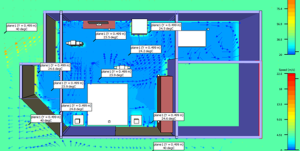
Checking temperature distribution in a hotel room
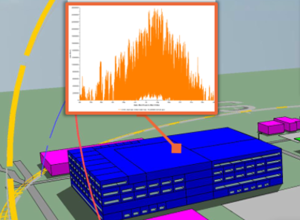
Whole year load diagram of a building used as a laboratory and office. This diagram is very important in central cooling system design, district cooling system design.

The installation of heat recovery equipment in Vietnam’s climate also needs careful consideration, because the difference in temperature inside and outside the house is not large.
The graph above depicts a comparison between with and without heat recovery at a large hotel in the central region, with the most operating characteristics from evening to morning (a pleasant outdoor temperature and humidity). So through calculating for the whole year, it is shown that the heat recovery installation (red) uses more energy than the no heat recovery option (blue).
Considering each month, only the hot months of 5, 6, 7, and 8, the option with heat recovery can bring about energy-saving efficiency. This simulation result only applies to 01 hotel with a defined operating schedule and chiller control method. Another project, even in the same central region, may have completely different simulation results.
HVAC Design in Vietnam & Solutions
In general, the popular design consultants in Vietnam only design to the equipment capacity and then deploy the drawings, the design here is considered completed.
There are still many unanswered questions about design, investment efficiency, and many other factors affecting energy use that have not been paid attention to. This reduces service quality, a living comfort, and increases energy use while still wasting investment costs in unnecessary ways, such as:
- How will designing a simple office HVAC according to a given cooling load density, type 220-250 W/m2, waste investment and energy?
- Is the equipment of the same capacity more efficient than that of the other brand?
- Does the engineer take into account all the factors related to improving the thermal efficiency of the building such as glass, roof, sunshade, and double skin façade, the neighboring building, etc., in the design that the architect made with all his efforts?
- Does the glass-covered office happen to pull the curtain and turn on the lights?
- Is there a situation where people sitting near glass doors want to lower the temperature, and people sitting far away from glass doors want to increase the temperature (this happens with about 80% of office buildings with lots of glass in Vietnam)?
- How to determine whether the design of a building is energy-efficient or not? If yes, what is the standard to be compared to and how much efficiency has been achieved, and how much savings are realized per year?
- Has the operating control been optimized? Time to turn on and off the air conditioner, cooling response time in the hotel room, lighting facilities, sound (too much noise due to excess air conditioning), temperature distribution, etc… Are these reasonable?
- When guests enter the hotel room, how long will it take to reach the required cooling temperature?
- How should heat recovery equipment be designed and operated for the most cost-effectiveness?
- What does the District Cooling system design need to do to get a small enough system with the lowest cost but still high energy efficiency?
- How to coordinate between the air conditioning design unit and BMS supplier to achieve the highest operating efficiency
The above questions will all be clarified by data and economic efficiency through the application of professional energy simulation to thoroughly address the concerns about the project, the efficiency of capital use, operating costs, and quality of life.
Tran Thanh Vu – Edeec Founder & Energy Efficient Building Design Expert
Vietnam’s leading Energy Efficiency Building Design Consultant
EDEEC is the leading energy-saving design consulting company in Vietnam with a team of experts for more than 10 years trusted by prestigious international organizations such as UNDP, IFC – World Bank, VCEP – USAID, etc.
EDEEC pioneered the application of technology Building Energy Simulation and Energy Integrated Design technology to “solve the problem” to reduce building energy consumption, especially to REDUCE investment costs and reduce operating costs for buildings. The project is designed to maximize profits for the investor right from the first design stage while still ensuring the highest living comfort for users.
Click here to get your project consulted by expert Tran Thanh Vu.

